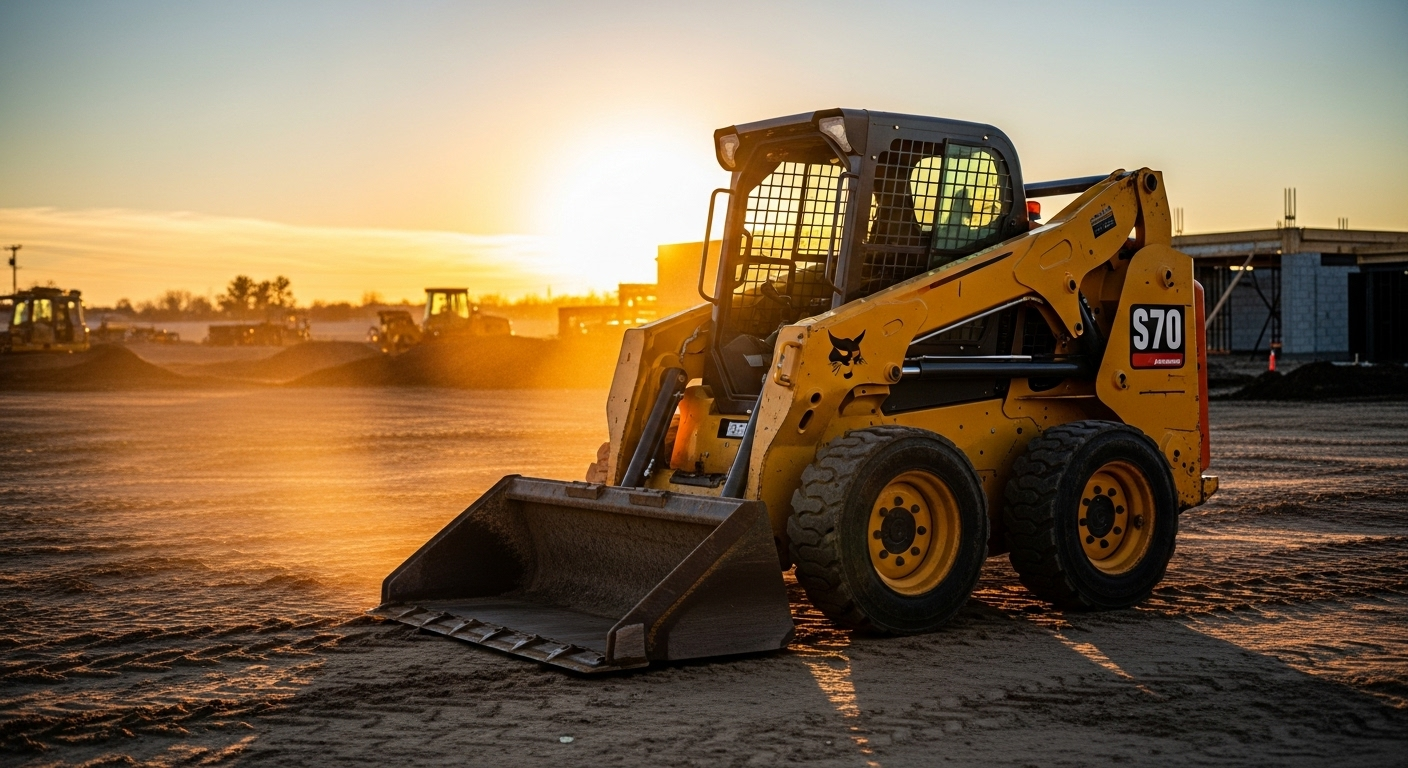A trackhoe, also known as a hydraulic excavator, is one of the most vital machines on construction sites, mining operations, and other large-scale projects. With its impressive digging power, versatile attachments, and ability to maneuver on different terrains, the trackhoe saves time and labor while boosting productivity. However, like all heavy machinery, its efficiency and lifespan heavily depend on proper care. Neglecting routine upkeep can lead to costly repairs, downtime, and safety hazards. To keep your machine operating at its best, understanding and following essential trackhoe maintenance practices is crucial.
1. Prioritize Daily Inspections

One of the most effective ways to maintain a trackhoe is by conducting daily inspections before use. Operators should check for visible damage, leaks, or loose components. Look for signs of wear on hoses, hydraulic cylinders, and tracks. Inspect the bucket teeth and other attachments for cracks or bending. These quick checks can help identify potential issues early and prevent them from escalating into major mechanical failures.
2. Monitor Hydraulic Systems Carefully
The hydraulic system is the heart of a trackhoe. Since this system controls the boom, arm, and bucket movements, any malfunction can halt operations completely. Regularly check hydraulic fluid levels and ensure they are within the manufacturer’s recommended range. Inspect hoses and fittings for leaks, and replace them immediately if damaged. Using clean hydraulic fluid and changing filters on schedule will extend the system’s life and reduce the risk of breakdowns.
3. Pay Attention to Track Maintenance
The tracks are what give a trackhoe its name and are essential for stability and mobility. Proper track tension is critical; tracks that are too loose may derail, while overly tight tracks can accelerate wear. Operators should inspect track shoes, rollers, and idlers regularly. Cleaning debris such as rocks, mud, or asphalt from the undercarriage after each use prevents premature wear and damage. Routine greasing of the track tensioner also keeps the undercarriage in top condition.
4. Keep the Engine in Good Condition
A powerful engine drives a trackhoe’s performance. To maintain it, operators should change engine oil and filters at recommended intervals. Air filters must also be cleaned or replaced frequently, especially in dusty environments. Monitor coolant levels and ensure the radiator is free from dirt and debris to prevent overheating. Additionally, keeping an eye on fuel quality helps prevent clogging and contamination, which can severely damage the engine.
5. Lubricate Moving Parts Regularly
Heavy machinery like a trackhoe has many moving joints and pivot points that require regular lubrication. Proper greasing reduces friction, prevents wear, and ensures smooth operation. Always use the type of grease recommended by the manufacturer, and pay attention to parts like the boom, stick, and bucket pins. Neglecting lubrication can cause components to seize up, leading to downtime and costly replacements.
6. Maintain Electrical Components
While often overlooked, the electrical system plays a significant role in the efficient functioning of a trackhoe. Inspect batteries for corrosion, secure all connections, and check wiring for damage. Ensure that lights, alarms, and control systems are functioning properly. Since modern trackhoes often use electronic monitoring systems, maintaining these components helps operators stay informed about the machine’s health.
7. Keep the Cab Clean and Safe
A well-maintained cab not only improves operator comfort but also ensures safety. Dust, dirt, and debris inside the cab can interfere with controls and visibility. Regular cleaning of windows, mirrors, and displays keeps the operator alert and reduces the risk of accidents. Functional seat belts, intact floor mats, and responsive control levers contribute to a safer working environment.
8. Follow Manufacturer Guidelines
Every trackhoe comes with a detailed maintenance manual from the manufacturer. This guide outlines recommended service intervals, compatible fluids, and specific care instructions. Following these guidelines ensures that the machine receives the right care at the right time. Ignoring these recommendations may void warranties and shorten the machine’s operational life.
9. Train Operators on Proper Use
Even the most well-maintained trackhoe can suffer damage if handled incorrectly. Training operators on proper techniques, load limits, and safe practices is essential. For instance, avoiding excessive side digging or operating on steep slopes without caution can reduce stress on the machine. Skilled operators not only maximize performance but also prevent unnecessary wear and tear.
10. Schedule Professional Servicing
While daily checks and routine upkeep are important, some maintenance tasks require professional expertise. Scheduling periodic servicing with qualified technicians ensures that deeper inspections, software updates, and precise calibrations are carried out. Professional servicing helps detect hidden issues that may not be visible during routine checks, providing peace of mind and long-term reliability.
Conclusion
Maintaining a trackhoe is not just about preventing breakdowns—it’s about ensuring consistent performance, extending equipment lifespan, and keeping job sites safe and productive. By committing to daily inspections, monitoring hydraulic and engine systems, caring for the tracks, and following manufacturer guidelines, operators can keep their machines in peak condition. With proper maintenance, a trackhoe will continue to deliver power, efficiency, and reliability for years to come, making it a valuable investment for any construction or excavation project.
Web:- https://bestusedequipment.com/
#trackhoe


Write a comment ...